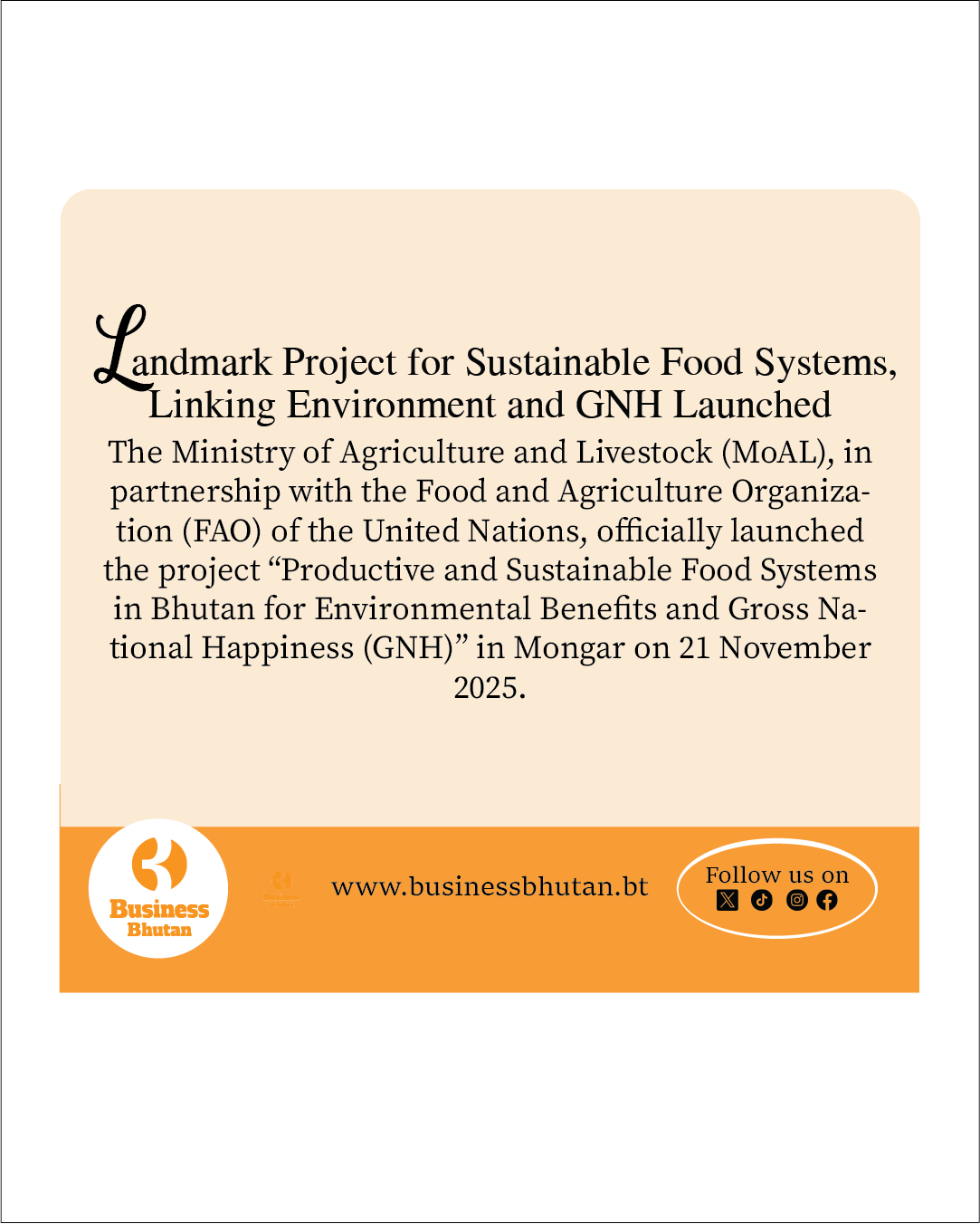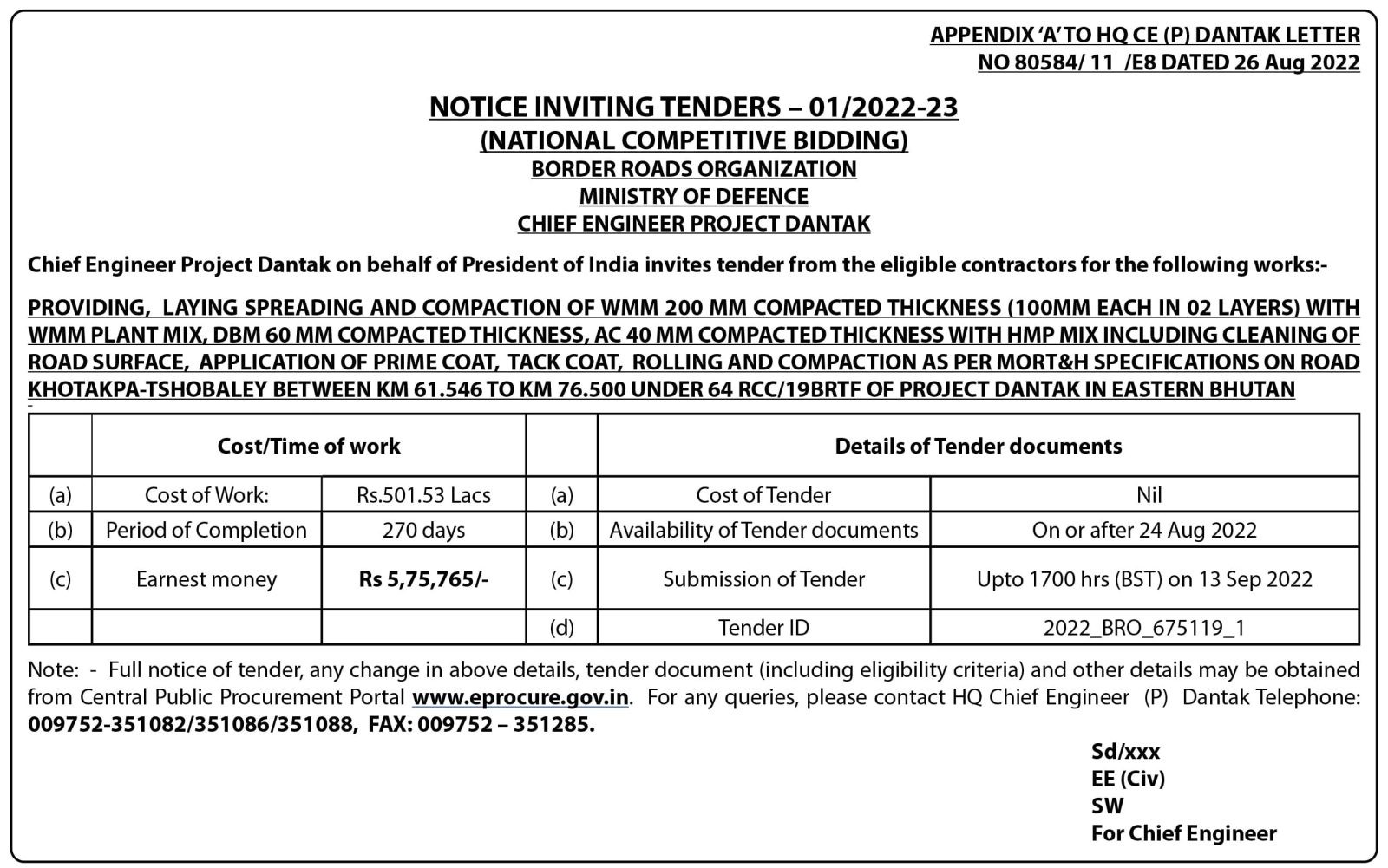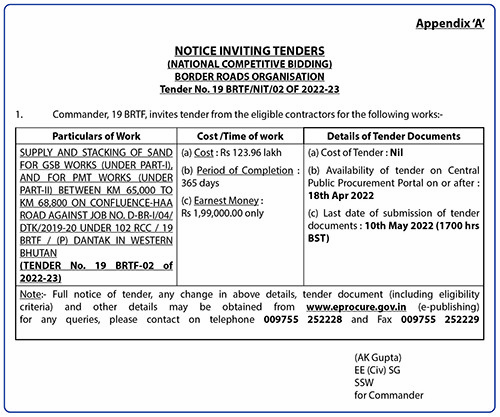Despite heightened global climate risks and regional vulnerabilities, Bhutan’s $40 million contingency fund from the World Bank remains untouched nearly six months after activation.
Finance Minister Lekey Dorji confirmed that no funds have been drawn from the Catastrophe Deferred Drawdown Option (Cat DDO), which became effective in February 2025. “There has been no major disaster or public health emergency that warranted a withdrawal,” the Minister stated.
The Cat DDO, a financial safety mechanism under the Climate and Disaster Resilience Development Policy Financing (DPF), is designed to provide Bhutan with immediate liquidity in the event of a qualifying catastrophe—such as a natural disaster or large-scale disease outbreak.
Of the $40 million facility, half is structured as a grant and the other half as a concessional loan. The drawdown period spans three years, with the possibility of a one-time extension, offering Bhutan a potential six-year financial safety net.
Access to the fund is contingent on the declaration of a disaster under the Disaster Management Act, or by the Prime Minister in his role as Chairperson of the National Disaster Management Authority (NDMA). Additionally, a withdrawal can be made via an order from the Ministry of Finance, based on NDMA recommendations and in compliance with the Public Finance Act 2007.
Although no withdrawal has been made, the fund’s existence reinforces Bhutan’s financial and institutional preparedness, particularly as climate-related events and seismic risks continue to grow in frequency and intensity.
The broader objectives of the Cat DDO initiative extend beyond emergency liquidity. It aims to strengthen institutional resilience, safeguard critical infrastructure, including hydropower projects and public buildings, enhance early warning systems, and improve community-level financial preparedness.
In Thimphu, where urban vulnerability is high due to earthquakes, landslides, floods, and wildfires, the program mandates that all new structures comply with the Thimphu Design Code, incorporating mandatory geohazard and flood-resilience measures in high-risk zones.
Given the central role of hydropower in Bhutan’s economy, the program emphasizes a catchment-wide approach to planning and executing all new hydropower projects. This requirement is aimed at reducing long-term exposure to climate-related disruptions across the energy sector.
The initiative also supports the retrofitting and climate-proofing of key public infrastructure such as schools, hospitals, and housing units across all 20 Dzongkhags, ensuring national resilience-building is both equitable and comprehensive.
A notable feature of the financing package is the Climate Resilient Debt Clause. This allows the government to defer debt repayments—including principal and/or interest—for up to two years in the event of a qualifying disaster, such as a pandemic, earthquake, or flood.
While the Cat DDO remains dormant for now, it represents a critical safeguard in Bhutan’s ongoing efforts to build climate resilience, protect fiscal stability, and ensure rapid emergency response capacity when disaster inevitably strikes.
Nidup Lhamo from Thimphu




![Fresh Beginnings: Pasakha Vendors Gear Up for New Vegetable Market - Duplicate - [#16963] Fresh Beginnings: Pasakha Vendors Gear Up for New Vegetable Market - Duplicate - [#16963]](https://businessbhutan.bt/wp-content/uploads/2025/11/Asset-200.png)











